|
Voices for Earth Justice recently hired Detroit community organizer Roslyn Ogburn to lead the Kresge Foundation-funded Hope Park Neighborhood Land Use and Vision Project.
Ogburn brings deep roots, a wide network, and years of community organizing experience to the job. “The Hope Park Project is all about neighbors making their own neighborhood what they want it to be,” said VEJ executive director BT Irwin. “For that to happen, the project needs a West Side Detroiter who knows how to get West Side Detroiters together and organize them to make their voices heard. It would be hard to find anyone who does that better than Roslyn Ogburn.” A mother of five, Ogburn is a 34-year resident of Detroit who traces her roots in the city back four generations. A product of Detroit Public Schools (Pershing High School), she earned a degree in business management and renewable energy implementation from Wayne County Community College District. After years of church, community, and school volunteer work, Ogburn co-founded Nexus Detroit, one of the largest food assistance programs in the city, in 2011. After leaving her leadership role at Nexus Detroit in 2016, she launched and led a citywide campaign to stop illegal and unfair foreclosures that put residents out of their homes. In 2020, Ogburn ran to represent the 9th district in the Michigan State Legislature. She is a Detroit Citizens liaison, a member of the Warrendale Community Organization and Warrendale Warriors Radio Patrol, president of the Warwick Block Club, and a volunteer with the Sierra Club. Ogburn is a member at Greater Burnette Missionary Baptist Church, where she serves as a minister, Sunday school teacher, and youth leader. “My hope for the Hope Park Project is that we successfully engage as many residents and stakeholders as possible, having their voices at the table throughout the entire process of envisioning, creating, and implementing,” said Ogburn. “Hope Park residents should know that this project belongs to them. Its creation and all ideas will be cultivated from their input, their vision, their culture, and their leaders.” Ogburn said her first month on the job would involve connecting with as many Hope Park neighbors as she can by inviting them to VEJ events, knocking on doors, and signing them up to be part of planning meetings. The Hope Park Neighborhood Land Use and Vision Project traces its start to the summer of 2018. At that time, VEJ asked architects and builders to assess Hope House. Finding that the building had serious structural issues that would be difficult and expensive to repair, VEJ’s board began discussing demolishing the building and starting over as the architects and builders recommended. That raised the question of what kind of building or land use should replace Hope House. The board decided then that the community should decide. That board decision led VEJ to apply for a Kresge Innovation Projects: Detroit (KIP:D) grant later that year. The Kresge Foundation declined that application, but accepted the next one that VEJ submitted in 2020. The Kresge grant is funding Ogburn’s position and a contract with the Detroit Collaborative Design Center (DCDC) at University of Detroit Mercy. DCDC and Ogburn will form a Hope Park neighborhood steering committee that will engage residents in designing built and natural features that Hope Park residents want in their neighborhood. The process will lead to designs and plans for buildings and land around Hope Park, including VEJ’s Hope House & Garden. Along with the Hope Park Project, VEJ’s board will continue its efforts to transition most of its leadership positions to Detroit and/or Hope Park residents. “I believe one of the most effective ways for an Earth justice organization to accomplish its mission is to recognize and respond to the capabilities and power of people who most often suffer most of the effects of Earth in-justice,” said Irwin. “That means falling in behind, and following, community leaders who know from experience what Earth justice work needs to be done and how to do it. That’s what the Hope Park Project is all about and that’s why we are glad to have Roslyn Ogburn leading it.” “The Hope Park Project will be a dynamic, impactful success due to longtime Detroiters, who never left, talking and dreaming,” said Ogburn. “I’m excited to be involved.” To learn more about the Hope Park Project or to get involved, contact Roslyn Ogburn at roslyn@voices4earth.org or (313) 409-8329.
0 Comments
On Wednesday, March 13, a crew from Motor City Blight Busters began taking down VEJ's Hope House on the south end of Hope Park in Detroit.
By the end of the month, most of the building will be gone and the site made ready for a new Hope House to rise in the future. In January, a water line broke and flooded the building. Mold did the most severe damage. Almost everything inside was a total loss. Insurance would not cover the $50,000 it would take to remediate the mold. Not only that, the insurance company said it would drop coverage of VEJ's other buildings if Hope House did not come down by March 22. On February 28, VEJ's board voted to remove the building right away. "We knew that the foundation was rotten and that the building was likely to come down sometime in the future," said VEJ executive director BT Irwin. "So, we're really getting a head start on the permanent building that will go there." Irwin said that replacing Hope House first came up in 2018 after inspections revealed that the 100-year old building did not have the "bones" for a renovation. "Back in 2018, we started talking about the function of Hope House & Garden in the Hope Park neighborhood and what form a building should take to best serve the needs of the community and VEJ," said Irwin. "That is what led to the Kresge Foundation grant we got in 2020. That grant will help us work together with neighborhood residents to design and plan for what needs to be here next." That Kresge-funded Hope Park Neighborhood Land Use and Vision Project kicks off this year and will lead to a new conceptual design and master plan for Hope House & Garden. The board felt that removing Hope House could be like starting the Hope Park Project with a "blank canvass." "It's a lot easier for people to imagine the possibilities for the site when they are looking at more open space there instead of a building," said Irwin. Even without the building, programming will go on at Hope House & Garden in 2021. "We will be working with Bees in the D, Keep Growing Detroit, NEW LEAF Detroit, and Summer in the City to grow lots of fresh food for and with our Hope Park neighbors," said Irwin. "We might even be able to bring our Sunday Dinners back to in-person gatherings by July or August." While removing Hope House is a good first step toward building what the neighborhood says it needs and wants there, the circumstances and timing do hit VEJ hard. "We are looking on the bright side and this will work out in the end, but it still hits hard, it still hurts, and the timing is still really bad," said Irwin. "The loss of everything in the building hurts. The cost of the flood and then taking down the building was not something we planned for our budget. We are taking a really big financial hit right at the start of our 2021 programming season. We just have to roll with the punches." Friends and neighbors of VEJ can help in three ways:
Voices for Earth Justice is looking for a Detroiter to lead an important Detroit project.
This year, VEJ will launch the Hope Park Neighborhood Land Use and Vision Project. This project will give residents of the Hope Park area the resources, support, and tools they need to design the future of their neighborhood. This includes VEJ's Hope House & Garden at the south end of Hope Park in Detroit. Major funding for the project comes from The Kresge Foundation. VEJ is contracting Detroit Collaborate Design Center at the University of Detroit Mercy and Michigan Community Resources to work with Hope Park residents. Part of the Kresge grant will fund a contract Hope Park Project leader. The project leader will be the "face" and "voice" of the Hope Park Project. That means he or she will take responsibility for organizing the community to participate in the design process. "This is supposed to be a project that is of residents, by residents, for residents," said VEJ executive director BT Irwin. "We're not asking what VEJ can do for the Hope Park community; we're trying to listen to what the Hope Park community wants to do for itself. Then we're trying to come alongside and offer whatever VEJ has to offer to be part of that vision." VEJ is looking for a Detroiter with community organization and project leadership experience to head up the Hope Park Project. "One of the really great things about Detroit is its community organizing ecosystem," said Irwin. "This city is extraordinary at growing leaders who know how to get things done." To read the job description and learn how to apply, click here. Hope House & Garden bumper crop goes to Brightmoor Connection food pantry and Hope Park neighbors11/12/2020 Thanks to the Earth, to God, and a record donations and volunteers, Hope House & Garden had its best growing season ever in spite of global pandemic and local recession.
The garden yielded 26 times as much produce in 2020 as it did in 2019. VEJ donated all of that food to Brightmoor Connection food pantry and to Hope Park neighbors. "Dark times are when we really get to see goodness shine through at its brightest," said VEJ executive director BT Irwin. "The way everyone and everything came together around the garden this year is beautiful and inspires so much hope." In addition to food from the garden, VEJ donors also gave $_,___ to support Brightmoor Connection's response to the COVID crisis in the Hope Park neighborhood of Detroit. "Back in the spring, it was scary to see how the need was glaring at us," said Irwin. "But this community and this garden just smiled right back." Thanks to major contributions from the Barton Malow Foundation, the Father Clement H. Kern Foundation, and the Desai Sethi Foundation, as well as dozens of gifts from personal donors, VEJ more than tripled the growing space in the garden. Bees in the D added two hives (that helped with garden pollination) and volunteers from Barton Malow put up a deer and rodent barrier that cut down on the amount of food lost to wildlife. Volunteers from Summer in the City came to work at the garden alongside neighbors from Hope Park. A grant from the Adrian Dominican Sisters Ministry Trust built new rain gardens and started the installation of a new rain catchment and irrigation system. "To be honest, back around March, I was worried about what would happen this season," said Irwin. "But right around April, these organizations and people started giving and the giving just kept growing as the season went on. While the giving was growing, so was the garden. And, as the garden was growing, we were able to start giving it all away to people who were very happy to have it." Irwin said NEW LEAF Detroit also deserves a lot of credit for the garden's success this year. NEW LEAF Detroit is a new nonprofit started by Voices for Earth Justice alumna L'Oreal Hawkes-Williams. NEW LEAF's mission is to help Detroiters become self-sufficient when it comes to their food and health. VEJ contracted NEW LEAF to plan and manage Hope House Garden in 2020. "We are so honored and pleased to be part of L'Oreal's life and NEW LEAF's story," said Irwin. "We couldn't do what we do here at Hope House & Garden with them." Whereas VEJ's garden grew a lot of experimental crops in the past, NEW LEAF changed the crop plan for 2020. Hawkes-Williams asked Brightmoor Connection food pantry about its clients' preferences and tastes for fresh produce. Then, NEW LEAF planted only those crops in VEJ's garden. Those included eggplant, fresh herbs, peas, salad greens, and several varieties of peppers, squash, and tomatoes. Planning is already under way for the 2021 growing season. "Even though we built out the garden to fill the entire lot, we want to add more growing space in 2021," said Irwin. "This means reconfiguring the garden in a way that makes better use of the space." Irwin said he hopes to make the entire garden a raised bed garden that will make it accessible to people with disabilities and to seniors. He also wants to add informational signage and self-service bagging and weighing stations so that neighbors can come glean from the garden on their own. As with 2020, all produce will go to Brightmoor Connection food pantry and the Hope Park neighborhood. "This pandemic is far from over. The economic impact on VEJ's neighborhood is far from over," said Irwin. "Our neighbors are in for a long and tough stretch. So, we're going to keep mobilizing and organizing the VEJ community to do what we can with them." The COVID pandemic hit Detroit hard. So much more than just an annoyance or a sensational news story, the pandemic is deadly serious for thousands of families in the city. Businesses, income, and jobs have been lost. Educations knocked far off course. And lives lost. Some people may have the luxury of treating the pandemic as a political game mostly played out online, but not the people of Detroit.
As things started to get ugly back in the spring and it looked like summer would be even uglier, the question came up: What could Voices for Earth Justice do about it? What could a tiny nonprofit with an annual budget of less than $75,000 and one part-time employee really do in the face of the tragedy bearing down on the city? A lot of people stepped up to answer the question: Quite a lot. Dozens and dozens of donors, friends, and volunteers found a way to put a silver lining on the dark cloud hanging over us all. Over the last few months, they donated thousands of dollars to Brightmoor Connection Food Pantry (through VEJ) and to VEJ's neighborhood garden at Hope House. These funds bought or grew food that people needed because of job or income losses. A record number of volunteers masked up and went to work in the garden...and they're still coming as fall approaches. Most of them planted seeds, pulled weeds, and took up the harvest. Some of them took on bigger jobs like building a new ramp for Hope House, making a new home for two Bees in the D beehives, and putting up a deer and rodent barrier around the garden (so the food we grow would go to humans). All of the donors and volunteers working together doubled the size of the old garden. And with at least two more months of growing and harvesting to go, the garden has already produced twelve times as much food as one year ago. All of that fresh produce is going to Brightmoor Connection Food Pantry or door-to-door delivery on the streets around Hope House & Garden. This year has been awful, but thank God for people who are doing their very best to make something good come from all of the bad. If you were part of that, thank you! The Kresge Foundation recently announced that Voices for Earth Justice is part of its sixth cohort of Kresge Innovative Projects: Detroit grantees.
VEJ received one of the largest grants in its 18-year history to fund a land use and neighborhood vision project with residents of the Hope Park neighborhood in Detroit. Working with the Detroit Collaborative Design Center at the University of Detroit Mercy and Michigan Community Resources, VEJ will equip and support Hope Park residents as they plan the future of their built and natural environment. A key part of the plan will be a new master plan for Hope House & Garden made by residents, for residents. "The residents of this neighborhood love their neighborhood and the work hard to make it what they want it to be for their families," said VEJ executive director BT Irwin. "They know what their neighborhood has going for it and they know that the best ideas for their neighborhood will come from the residents themselves. This is one way that VEJ can be a good neighbor and contribute to what Hope Park residents want to do." Irwin said the project is set up to honor, recognize, and reinforce that neighborhood residents are in control of their own built and natural environment. "It's not uncommon for well-meaning organizations like VEJ to come in from the outside and tell residents 'we know what you should be doing here and we're going to show you,'" said Irwin. "People don't need that because they already know what they need and want to do. They already have good ideas. They already understand what they and their neighbors are all about. Being a good neighbor and a good resident means that we contribute what we can to what our neighbors are doing on their own." For that reason, VEJ will act as a "home base" and steward of the project without controlling it. Most of the grant will fund the work of the Detroit Collaborative Design Center, which specializing in working with grassroots neighborhood groups to help them design their own built and natural environment. The other major part of the grant will fund a contract with a local outreach manager, who will come from the neighborhood itself. This person will help the neighborhood form its own committee of representatives who will help bring more residents into contact with the project. While two members of the VEJ board will sit on this committee, the final approval of the neighborhood land use concept will be up to the committee. This includes the new master plan for Hope House & Garden. "One of the most important questions the designers will be asking neighbors is: 'What do you need Hope House & Garden to be for you and your family? How could these buildings and this land best serve your real needs as a resident of this community?'" said Irwin. Along with the concept for Hope House & Garden, the project will produce a concept or vision for vacant land around Hope Park. More than three out five lots on the blocks around the park are vacant and under the control of government land banks. Starting preliminary work on the project will begin this fall and winter. That includes hiring the local project leader, starting background research with the Detroit Collaborative Design Center, and forming the neighborhood steering committee. The public part of the project will launch in the spring of 2021 and run through the fall of that year. Irwin said the goal is to have the conceptual plan far enough along that fundraising can begin for it in the winter of 2021 - 2022. That would mean "shovel ready" projects in the neighborhood could get under way in 2022. "This is one of those 'seed in the ground' things," said Irwin. "VEJ bought an abandoned and blighted property about ten years ago and it's taken that long to get it secure and stable and making a real contribution to the neighborhood." Likewise, work on the Kresge Foundation grant started in 2018 and took a full two years to get the funds. "Just imagine how this work over the next year is planting seeds that will lead to things we can't even imagine," said Irwin. "The most exciting part is the people we'll get to meet and how all of us will be working together to make something that is so much more than any one of us could make on our own." Voices for Earth Justice is a non-political organization. We don't campaign for candidates or lobby legislators. We would lose our 501c3 status with the IRS if we tried.
But, we can tell you to vote. And we can tell you to tell everyone you know to vote. Do you care about Earth justice? Find out which candidates have a proven record for supporting Earth justice laws and vote for them. Ask your family and friends if they are planning to vote. If they say "yes," ask them if they registered. If they say they haven't registered, send them to this website right now. If they say they don't plan to vote, remind them of this fact: The 2016 presidential election was decided by less than 80,000 votes. That's .0005 percent of 153 million eligible voters. Remind them of that fact and tell them that their vote counts big. If they didn't like how that election turned out, tell them to imagine how it could have been different if just a relative few people in the whole country had bothered to vote instead of staying home. Tell them not to be one of those people, then send them here to register now. I know sometimes it's really hard to know what to do for Earth justice because there are so many things that need to be done! I feel like a deer in the headlights most of the time. But right now, it is easy. There is simply nothing that is easier to do or more important and urgent than educating yourself and voting on November 3. For the love of Earth justice: Vote! At VEJ's monthly Sunday Dinner that took place on July 12, guest speaker Deborah Stewart Anderson led a lively conversation about composting (among other things). The dinner guests asked Deborah for more resources and she sent along a few to share with the VEJ community. Thank you to Deborah for her presentation and for sharing these composting and waste management resources!
Voices for Earth Justice is a faith-based environmental justice organization. We are on a mission to help more people of faith make more good change for Creation.
What does that have to do with George Floyd? A lot. It is easy to think of racism as a personal problem. And it is. But so much more than that, racism is a spirit, a system, a "way things are" in the world. My fingers started to type that racism is hidden in the system. But that is not so. For those who get the most good out of the system, racism is indeed hidden from them. When the system is working for you, you cannot, or will not, see the racism in the system. I am an affluent white evangelical male. People who look like me built our system over hundreds of years with one goal: Make sure that people like us always get the "long end of the stick." Even if the "stick" itself gets longer, the system makes sure that people like me get the longest part of that longer stick. As a son of the people who built the system, I inherited the benefits that system set up for people like me. And since I inherited them, I take them as givens. And, since I take them as givens, I assume they are givens for everyone else, too. But to people of color, most of all black males, racism is not hidden in the system; it is in their faces and on their backs all day, every day. Sometimes, the racism in the system comes at them with bars, billy clubs, and bullets. Or knees on their necks. This week, those of us who are blind to the racism in the system saw a flash so bright that it opened our eyes and showed us what we could not (or would not) see. Now, we have to two choices to make:
As the leader of Voices for Earth Justice, I'm asking you to say "yes" to both questions. Commit yourself to seek understanding and to take action with us. But you may wonder: What does any of this have to do with environmental justice? If VEJ's mission is "prayer, education, and action for Earth," isn't it "mission creep" to talk about racism? No. Environmental in-justice is another form of racism in the system. Who lives closest to air, soil, and water pollution? In the United States, it is most often people of color. Why? Two reasons:
Affordable housing First, people of color bear the burden of chronic poverty that is the legacy of laws set up to keep them poor and powerless. The system is set up to keep people of color from building the personal assets and generational wealth that many white people enjoy. While many white people are able to overcome setbacks through access to capital, education, family wealth, or professional networks, people of color often have no such safety net. This is the legacy of slavery, Jim Crow, mandatory sentencing, redlining, subprime lending, disinvestment in public schools, and other legal forms of racism. So people of color often have to work harder than white people. Even then, they earn less money. The setbacks of life that merely slow upward mobility for whites often keep people of color in the hole for a generation or more. This is why people of color struggle with chronic poverty more than white people do. One of the biggest problems that people of color face every day is finding safe, decent, affordable housing. If you think that is an easy problem to solve, you are probably white. Educate yourself: Go to the National Low Income Housing Coalition website and click on the "Housing Needs by State" tab, then scroll down to Michigan. You will see that here in our state, we have a shortage of 189,905 affordable rental units available to low income households (which, in our state, are disproportionately black). What does that mean? People who are low-income (which, in our state, usually means people of color), cannot find affordable housing because there is not enough of it! In many cases, the only affordable housing that people of color can find is housing that is next to environmental hazards (like an oil refinery) or housing that is itself an environmental hazard (think lead paint and pipes). Political power The lack of affordable housing and the lack of economic opportunities and resources force poor people of color to live close to environmental hazards. Sometimes, however, the environmental hazard moves closer to people of color. What happens when someone wants to build something that will be an environmental hazard and a risk to the people who live nearby? Communities that have the most influence, money, and power use those things to keep it out. Those communities are almost always white. Meanwhile communities of color often don't have the influence, money, and power to keep environmental hazards out. White money and power from the outside can force the environmental hazard into the community of color. So, then, injustice against the environment often involves injustice against people of color. Pollution harms air, soil, and water, but also harms the people who have to live with it. COVID-19 is a case study. You can see the correlation between the disproportionately high death rate among black Americans and the level of air pollution in areas where black Americans live. So, what does all of this teach us? It teaches us that when we abuse, exploit, and pollute the environment, we abuse, exploit, and pollute people, too. If we are willing to be so careless, and even cruel, toward Earth (our one and only home), then being careless and cruel toward human beings is not out of the question. One feeds the other. So, then, suffocating people of color with air pollution and suffocating them under a police officer's knee are two sides of the same coin. They are both part of the same system. A system that is racist. And that is why George Floyd's death is an environmental justice issue. When we speak and take action for environmental justice, we are going after the same system that led to George Floyd's murder. We are voices for Earth justice. Let us keep praying, learning, and taking action together to change the system for the good of Earth...for the good of all. Let us work with all our might to make sure nobody will ever again say: "I can't breathe." Grace and peace, BT Irwin, primus inter pares Voices for Earth Justice |
Categories
All
Archives
December 2021
|
||||||||||||||||||
Copyright © 2024 Voices for Earth Justice, nonprofit 501(c)(3). All Rights Reserved.
Mailing address: 15894 Greydale Street, Detroit, Michigan 48223 Email: info@voices4earth.org Phone: (313) 355-6042
Mailing address: 15894 Greydale Street, Detroit, Michigan 48223 Email: info@voices4earth.org Phone: (313) 355-6042

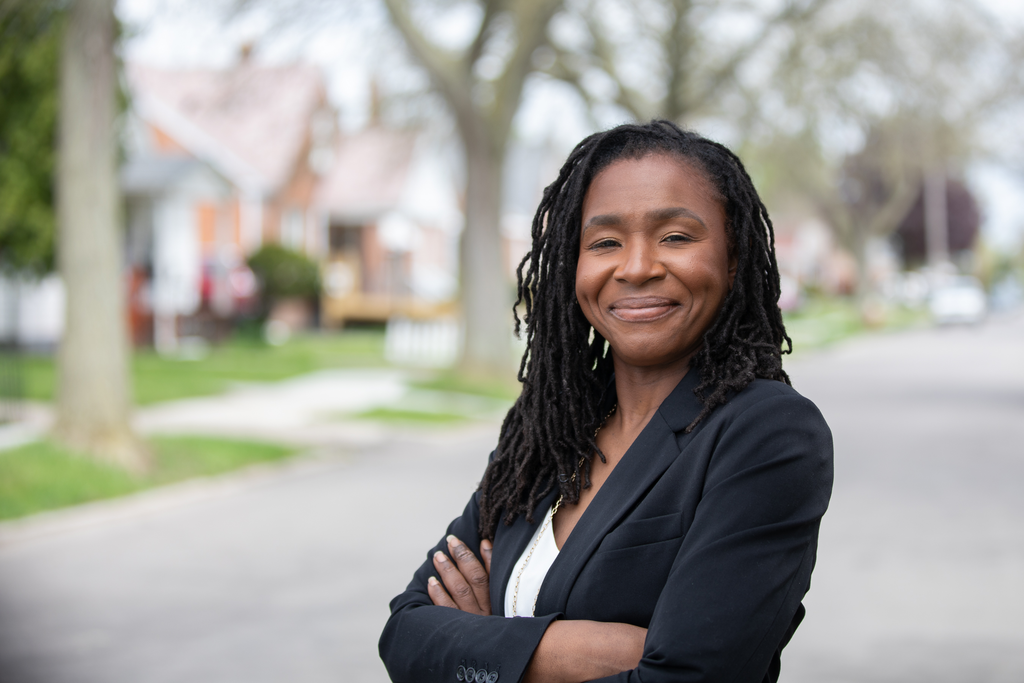
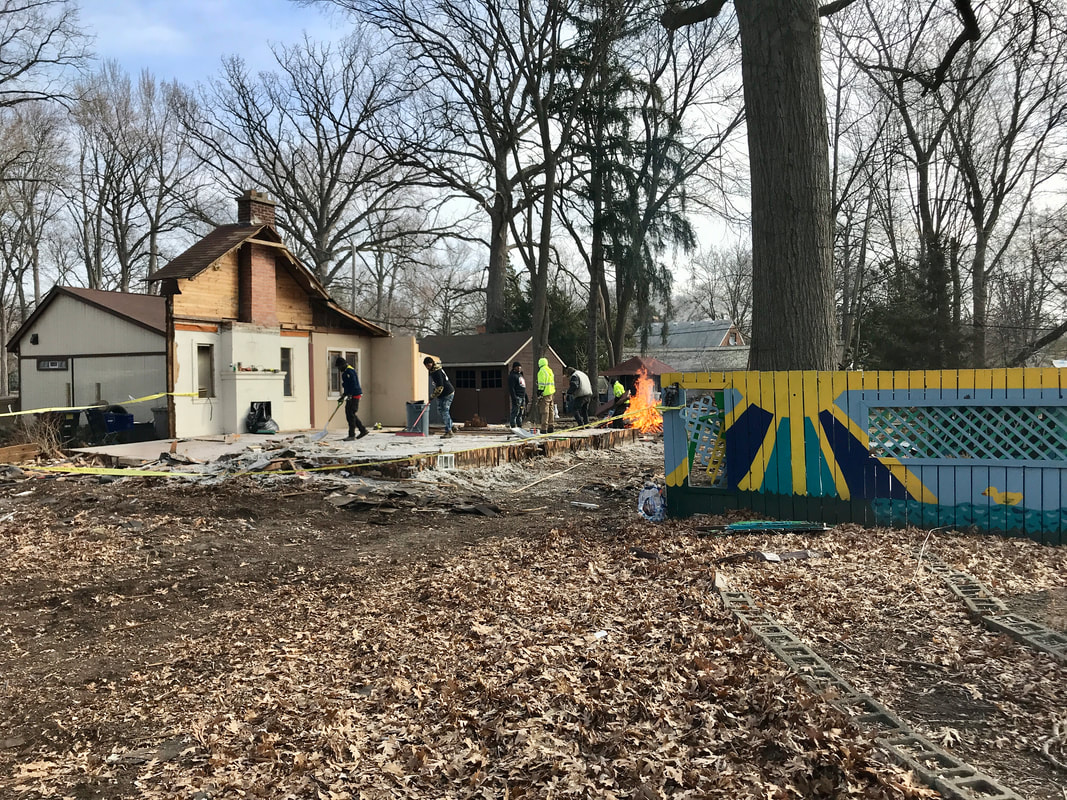
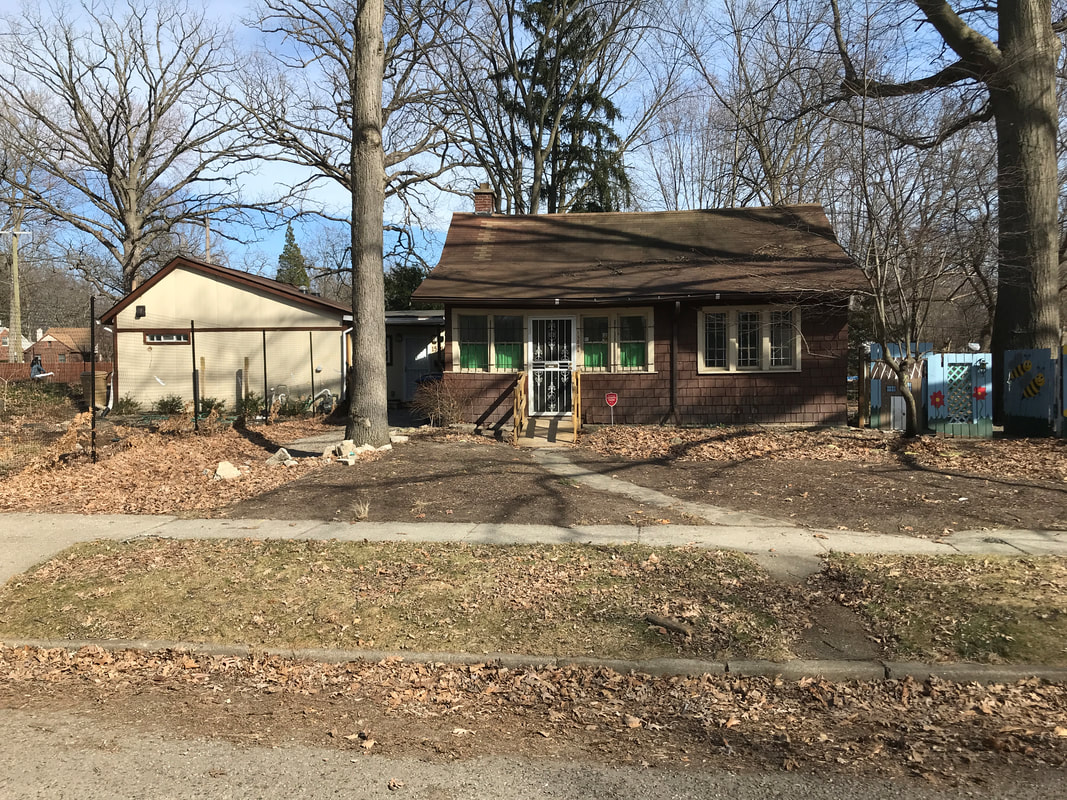
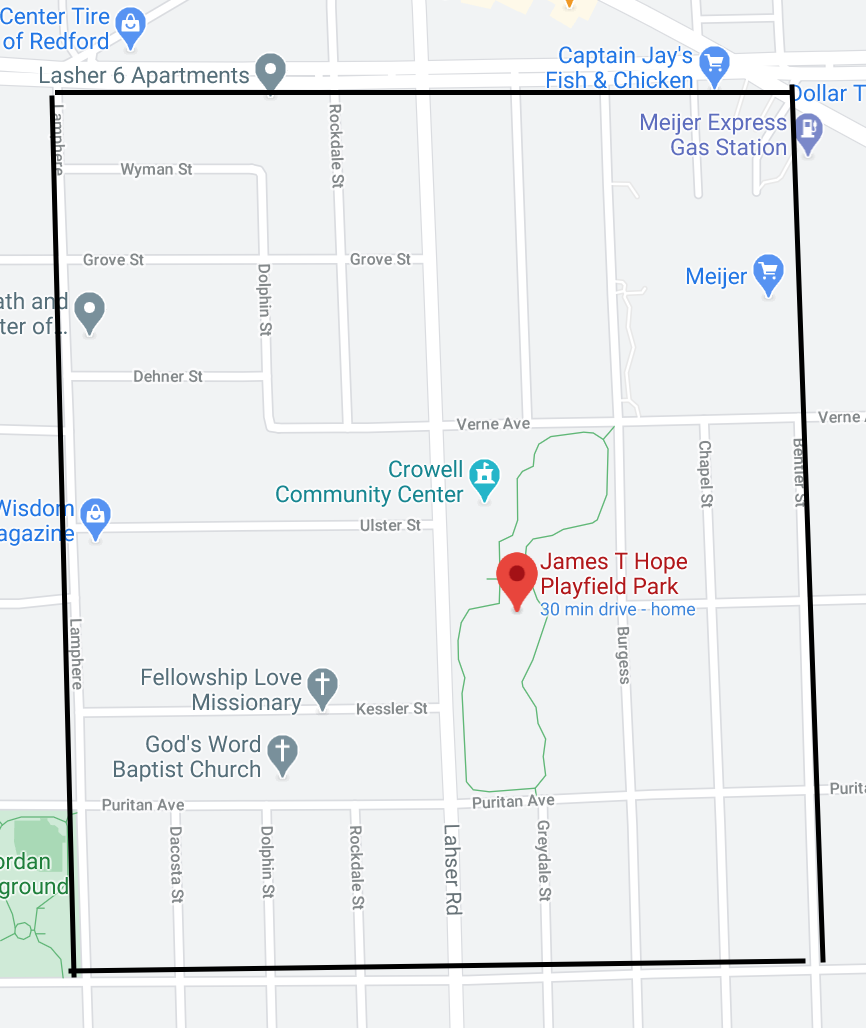
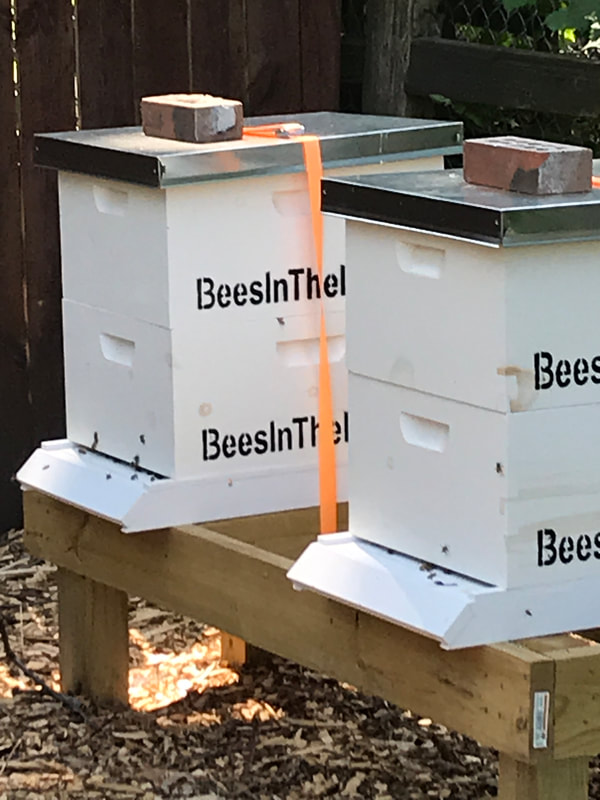
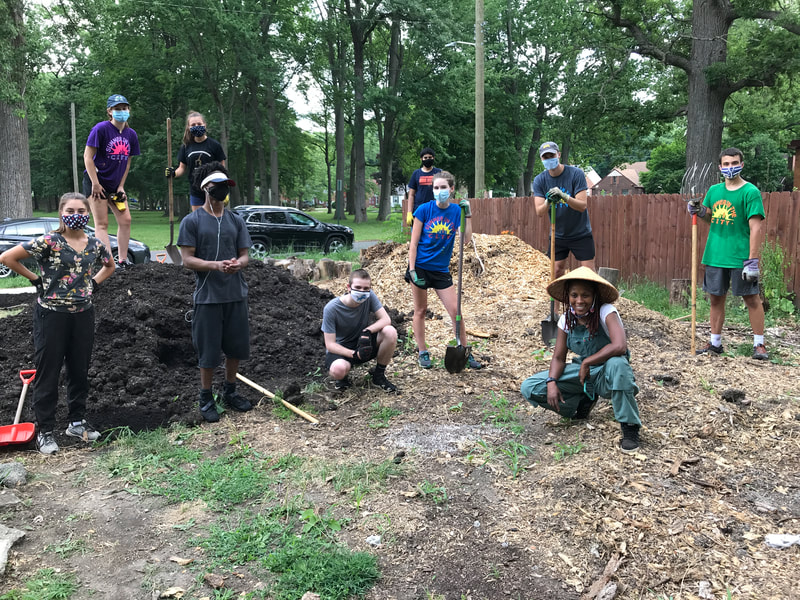
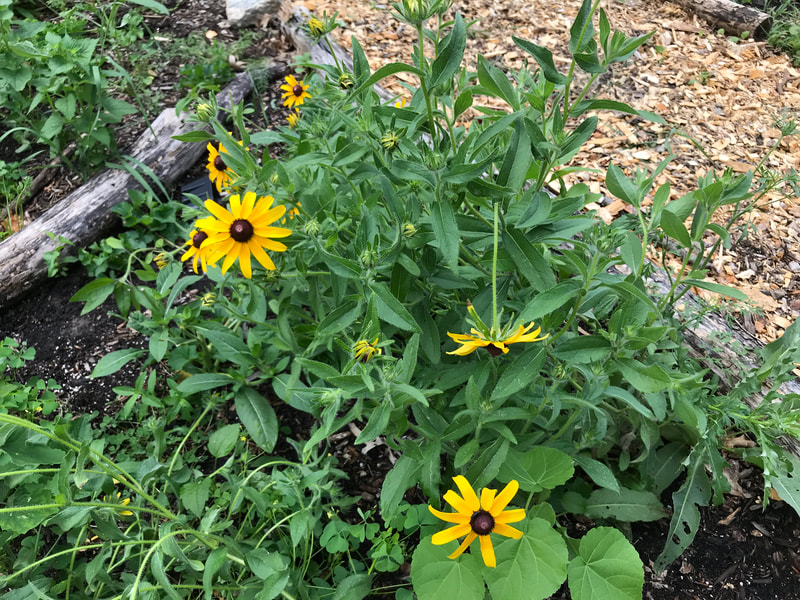
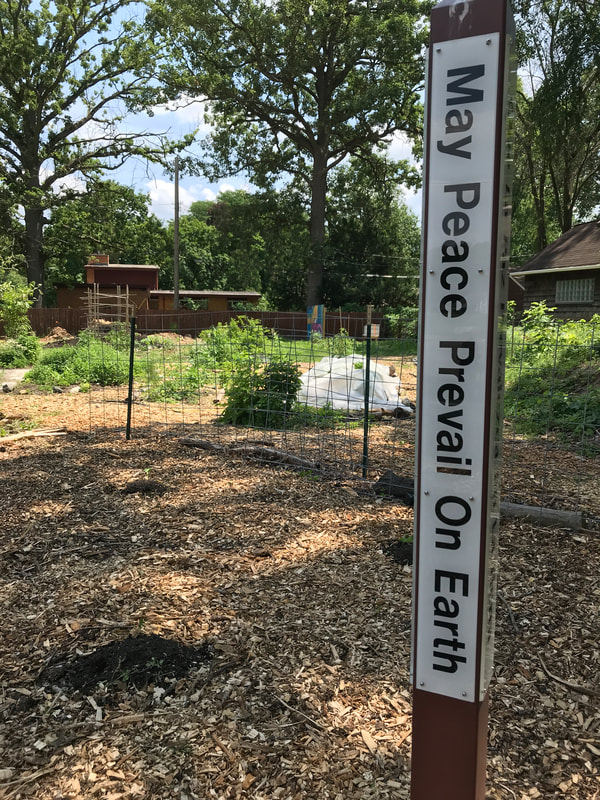
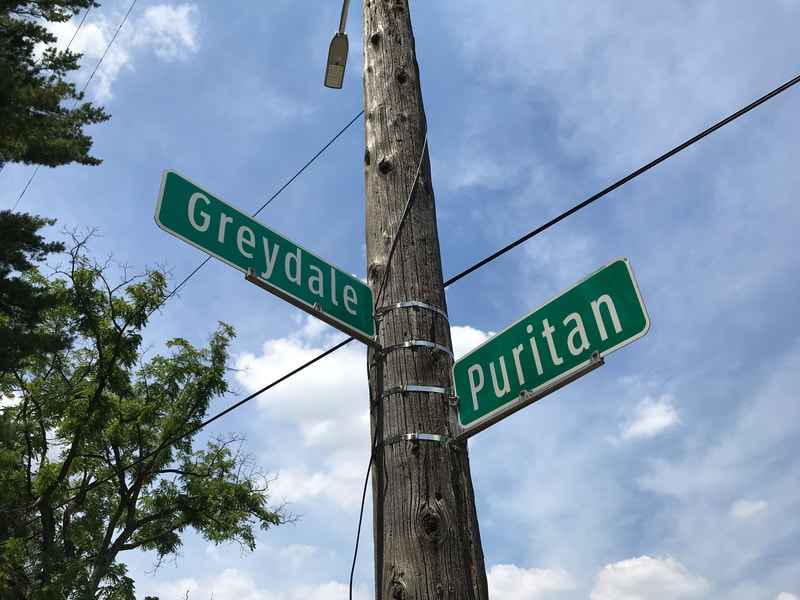
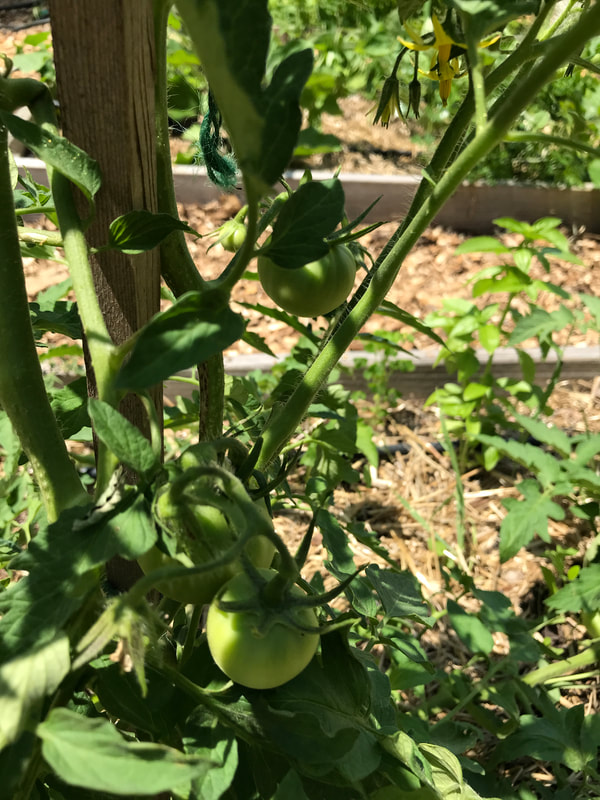
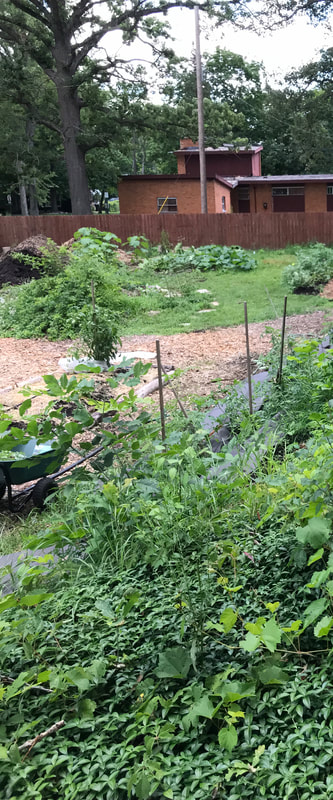
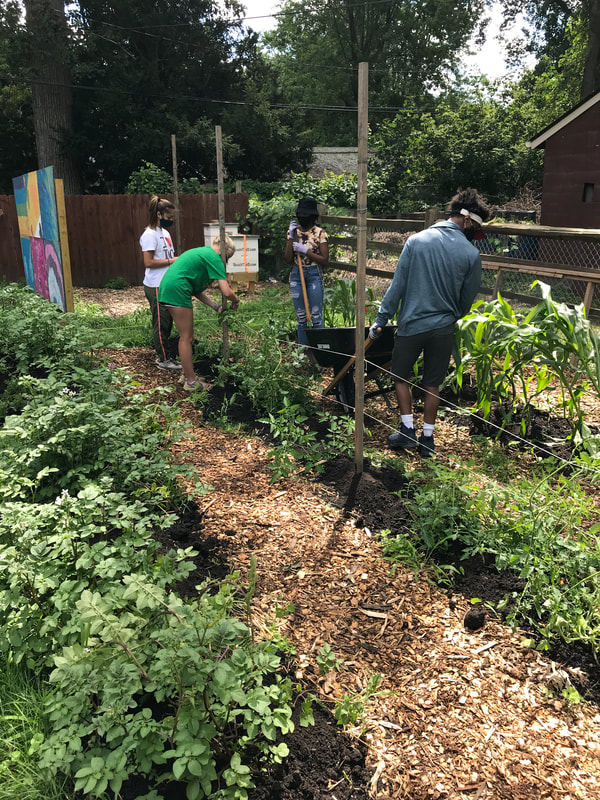
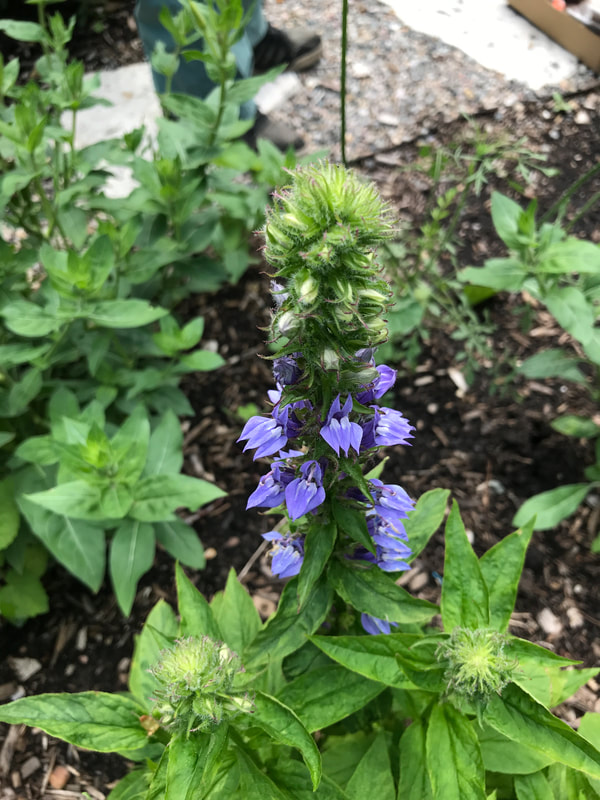
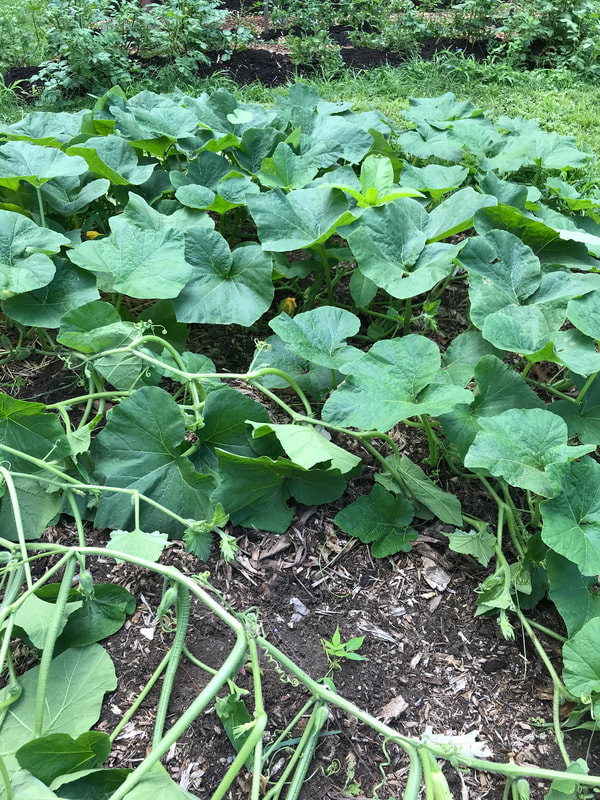
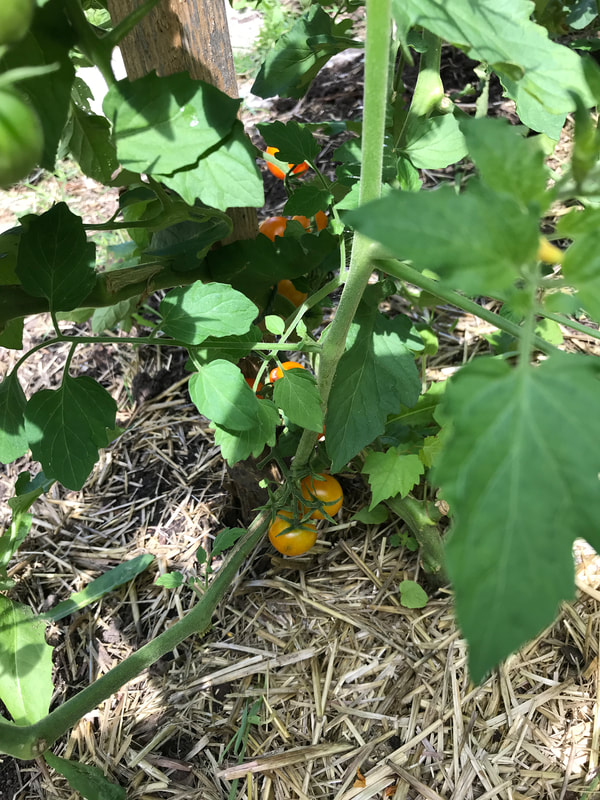
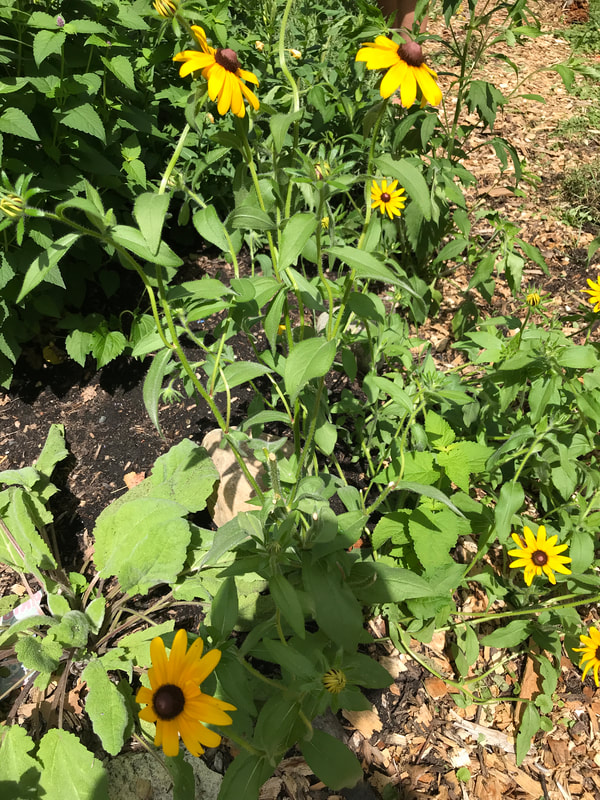
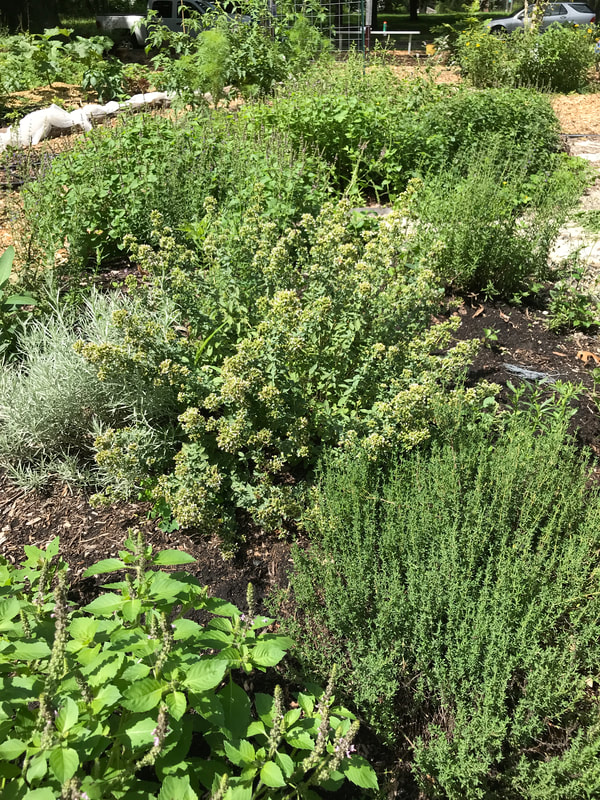
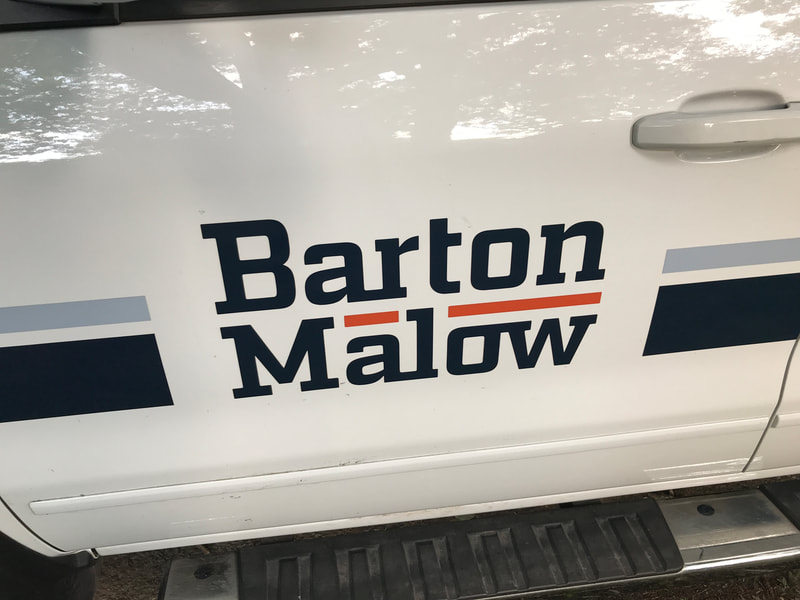
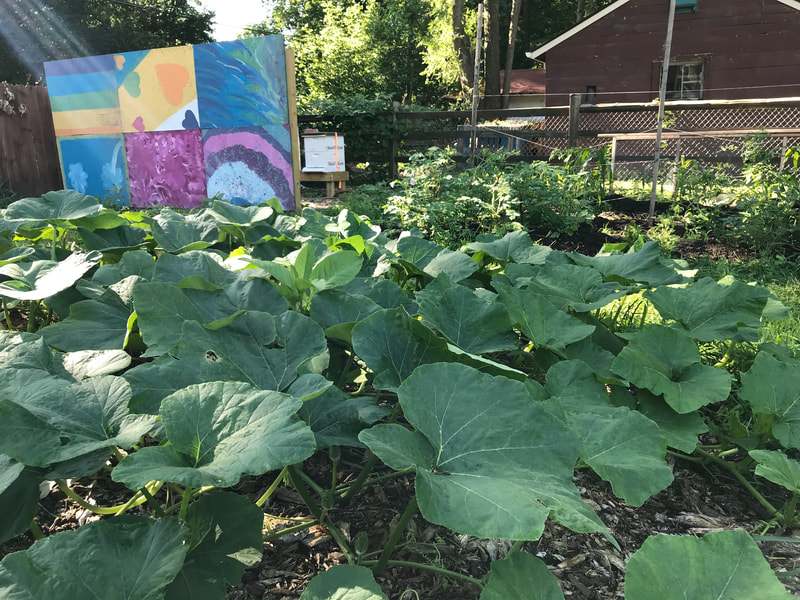
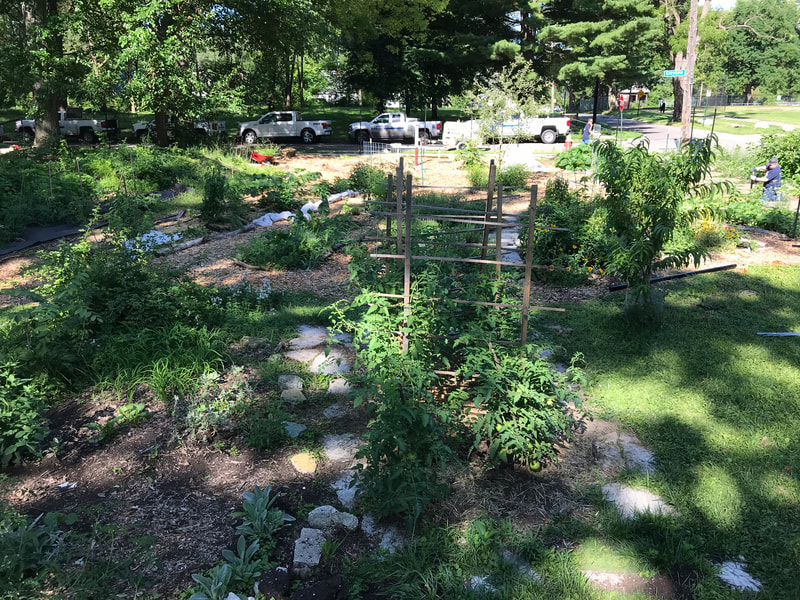
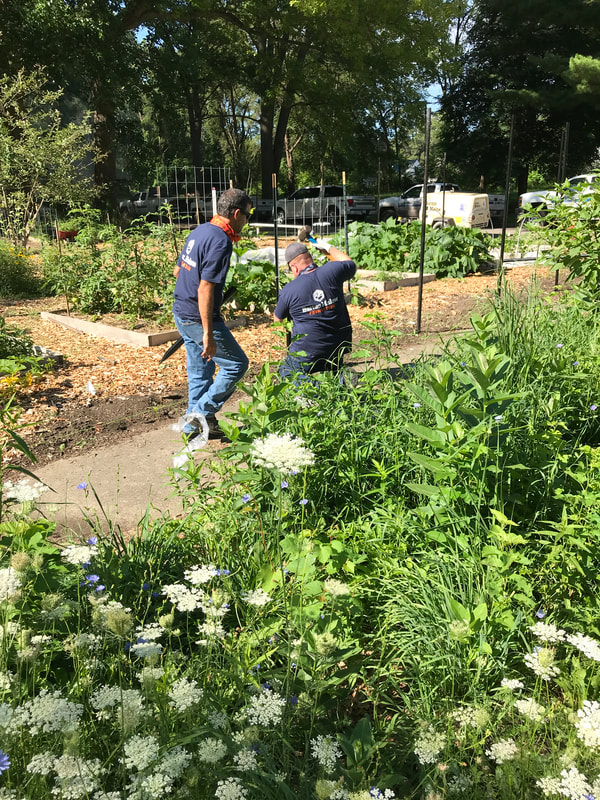
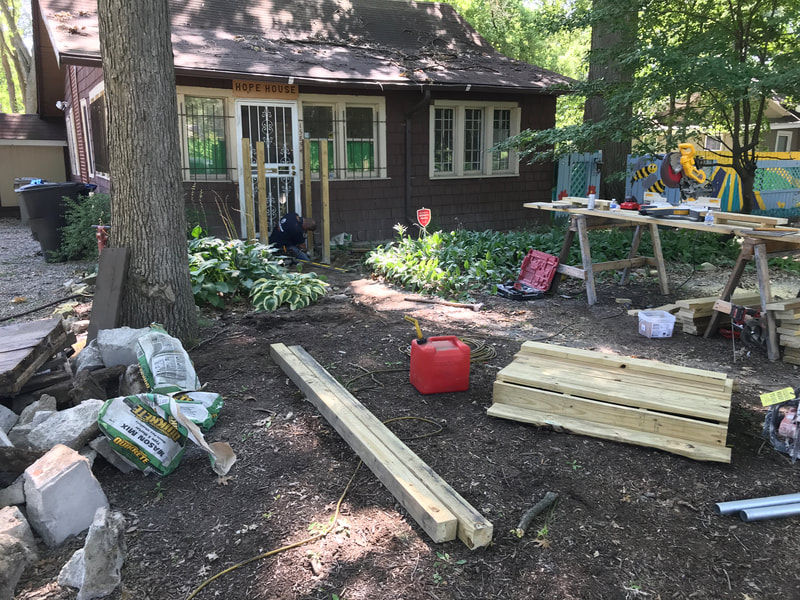
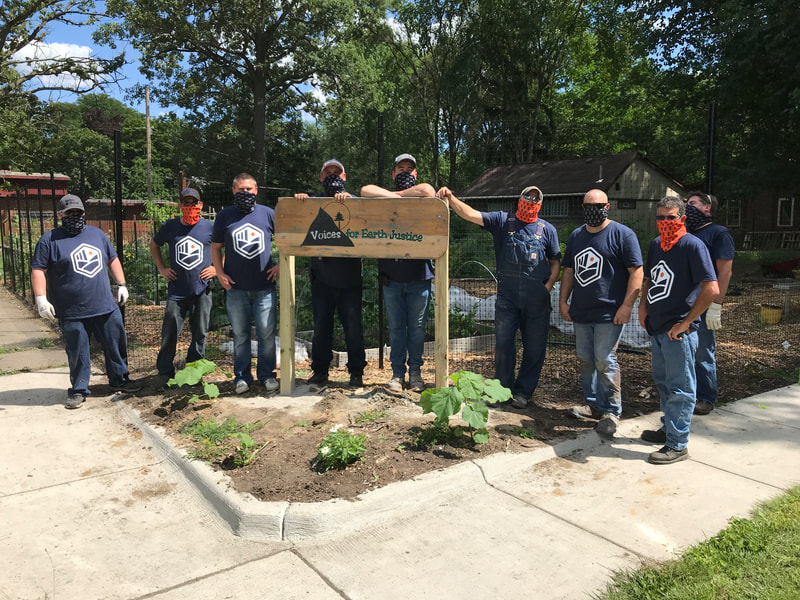
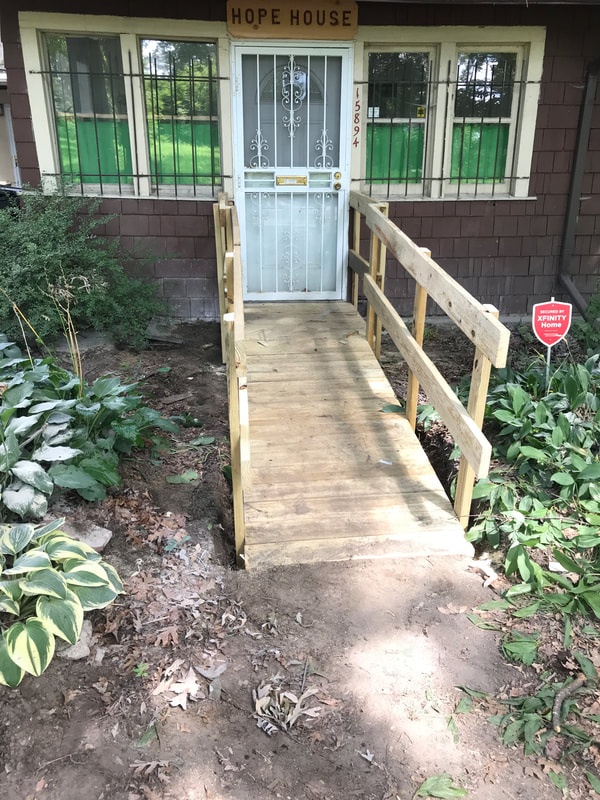
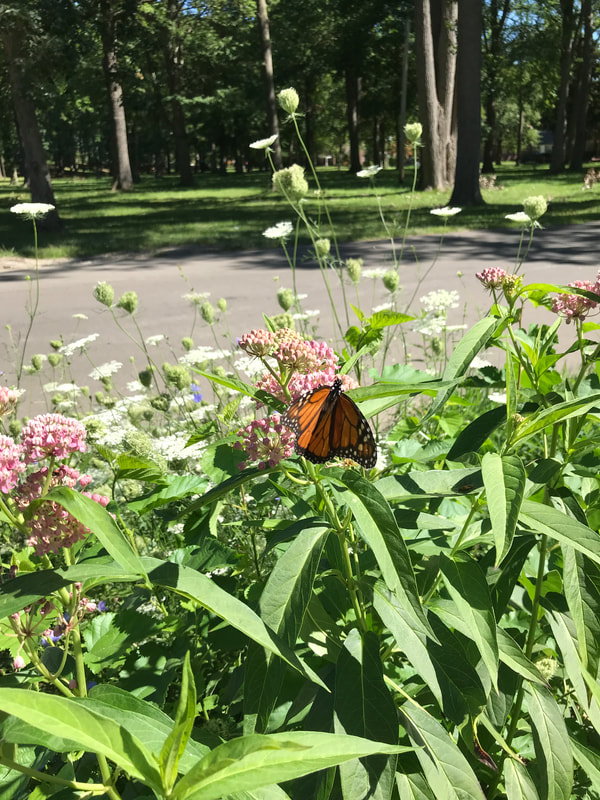
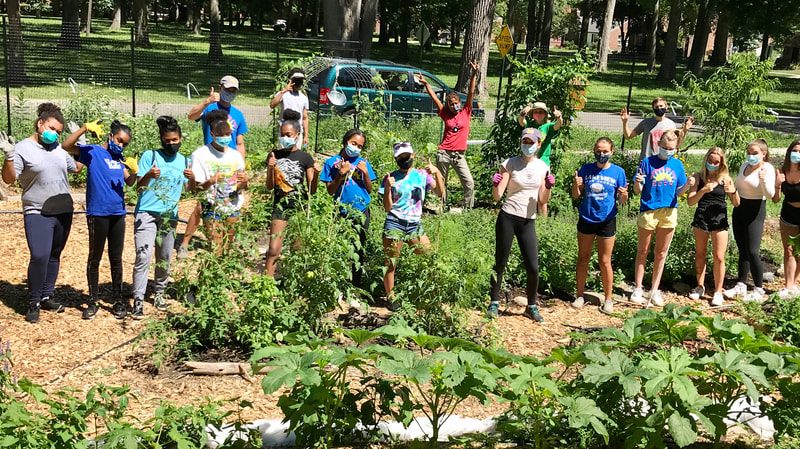
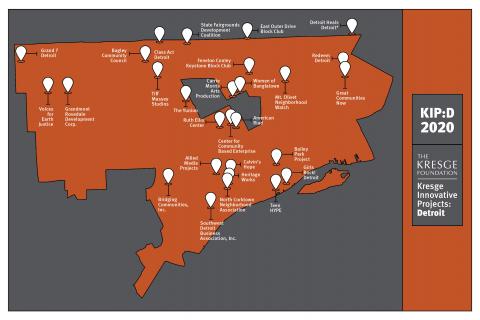
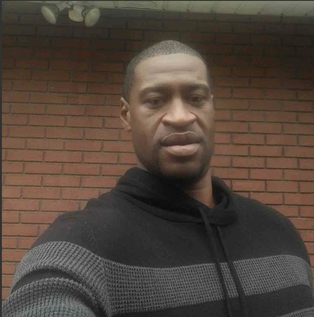
 RSS Feed
RSS Feed